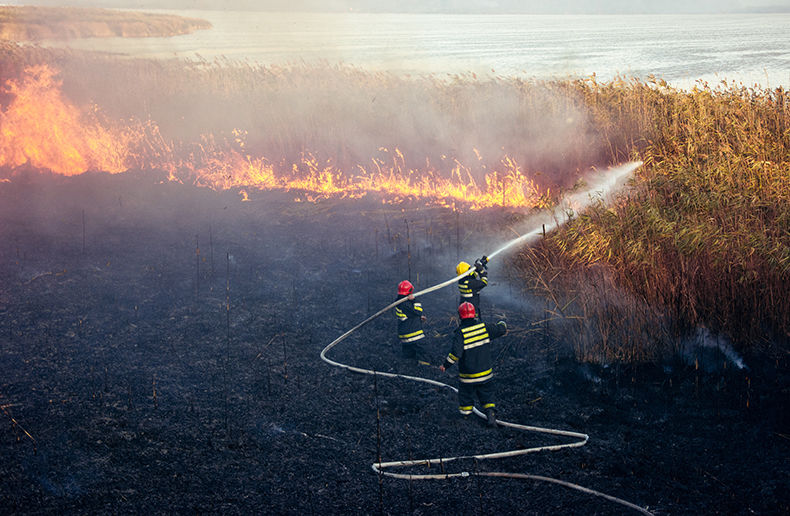The Insurance Bureau of Canada (IBC) has published a new research report comparing Canada’s insurance system to California’s saying Canada’s is more stable, but many of the same pressures exist here, causing concerns among insurers about the country’s slow pace of adaptation.
Entitled Lessons for Canadian Policymakers from the California Insurance Crisis, the report looks at the factors which lead to a 276 per cent increase between 2018 and 2023 in the number of policies written by the California FAIR Plan, the state’s insurer of last resort. It also looks at why approximately 3.6 million homeowner’s policies were not renewed in California during the same period.
“Chief among those factors: pricing restrictions that did not allow insurers to accurately price growing catastrophic risk,” they write. The paper expressly asks policymakers to refrain from turning to rate suppression, which has led to disastrous consequences for consumers in the state.
Today in California, more than one in 10 homes are now uninsured.
To keep the state-backed FAIR Plan solvent, the state’s insurance commission recently approved a plan to levy a $1-billion assessment on carriers operating in California. At least half is expected to be recouped from policyholders through temporary fees.
Increasing severity and frequency
Unlike in California, insurance for wildfire is widely available in Canada as part of all home insurance policies. “This widespread availability is partly due to the absence of the kinds of regulated price restrictions that contributed to California’s insurance crisis,” the IBC stated in an announcement about the publication’s release. “However, the increasing severity and frequency of severe weather events in Canada is applying pressure within Canada’s home insurance market and on premiums.”
The IBC is advocating for governments to improve resiliency by investing in infrastructure, adopt land use planning rules, facilitate FireSmart’s wildfire resilience practices in high-risk communities and implement long-delayed building codes.
For perspective, the report recounts the development of California codes mandating the use of fire-resistant materials which were then relegated to being required only in rural and high-risk areas near forests and grasslands. “These measures need to be expanded,” they write. It also discusses the development of legislation requiring residents to clear combustible materials away from homes in high-risk areas. The regulations to enact the 2020 legislation today remain unwritten.
Woefully inadequate measures
“Like in California, Canadian governments have not done enough to protect communities from severe weather. Current building codes do little to ensure that homes are built to withstand increasingly severe weather and thousands of new homes continue to be built in high-risk hazard areas,” the report states. “Canadian governments’ collective investment in measures that make Canada more resilient are woefully inadequate and disproportionate to the growing impacts of severe weather events.” This, they add, must be addressed swiftly.
Related:
Automobile Association announces multi-year partnership with FireSmart BC







